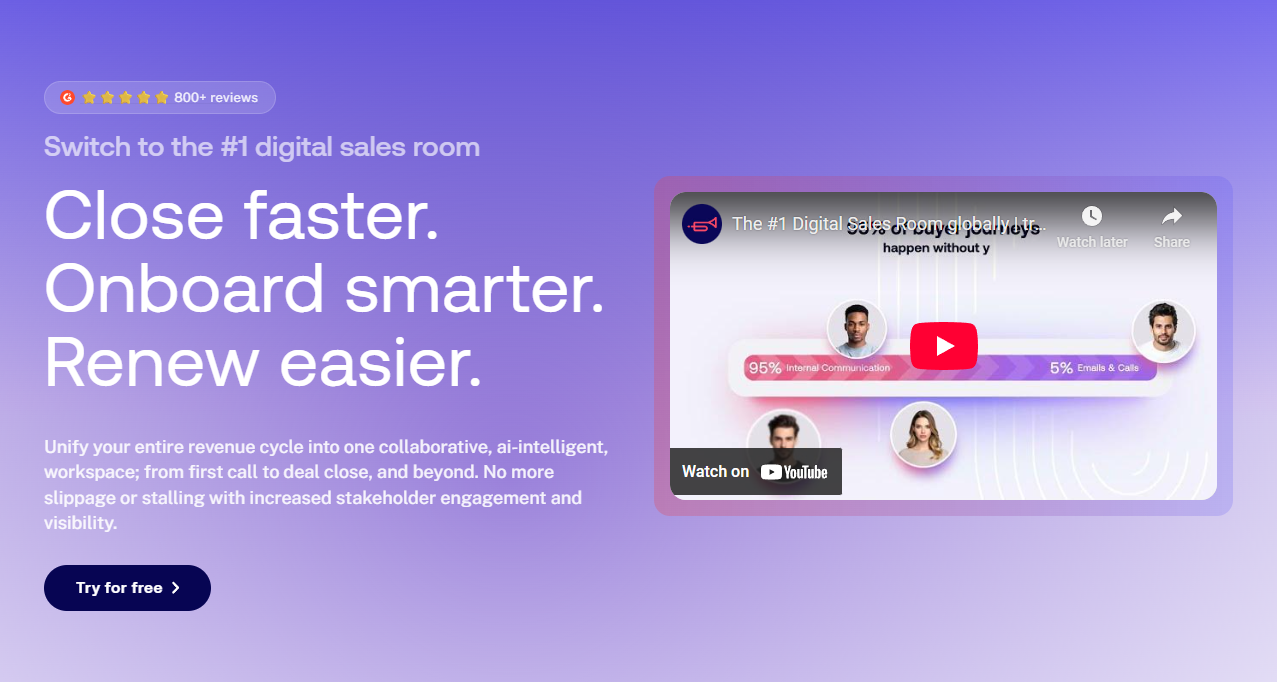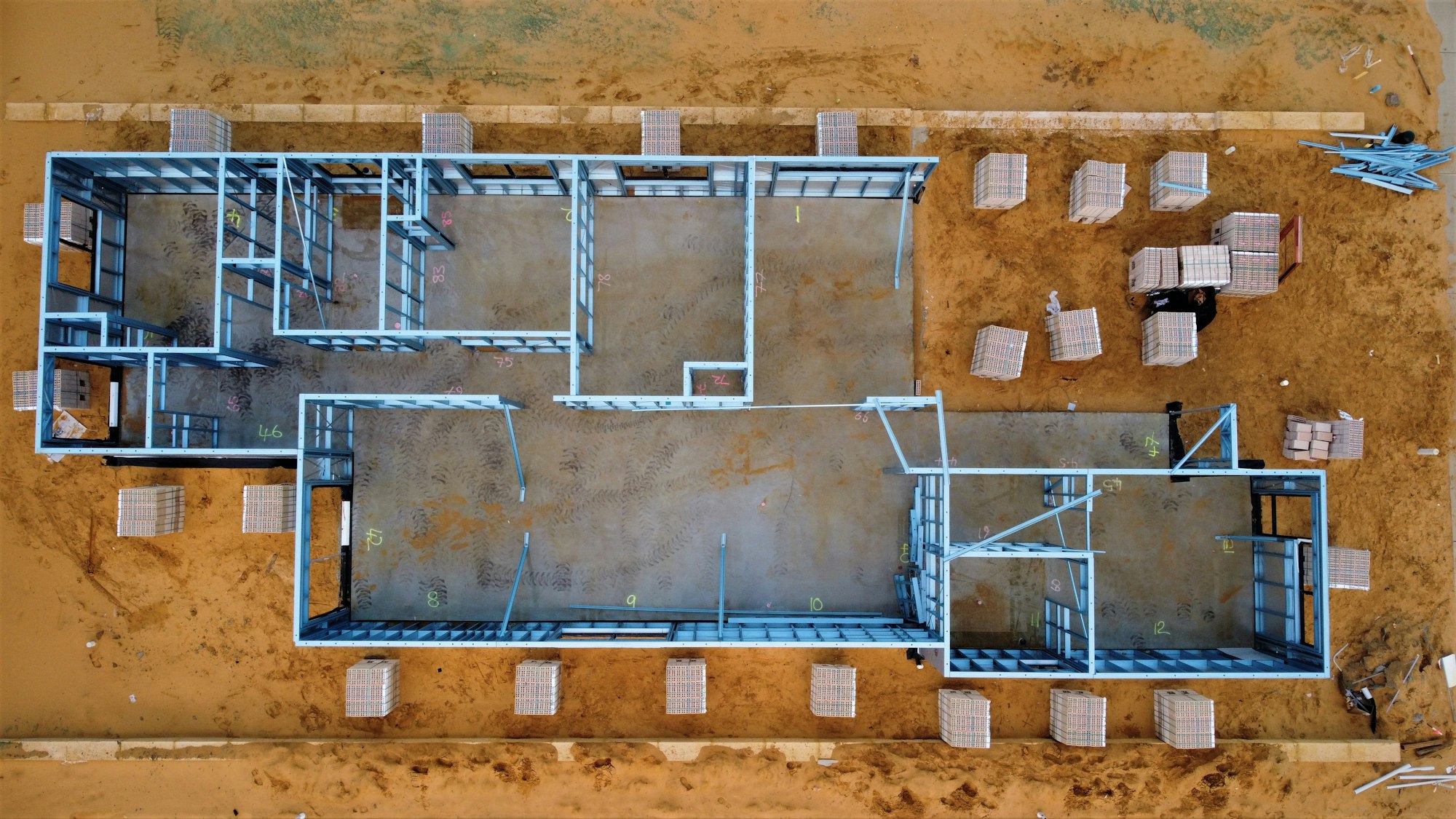You've come to the right place to learn all about residential construction and quality management. Before we forget, if someone forward you this newsletter, don't forget to subscribe to our newsletter to gain access to our resources and the occasional email update.
📰 Interesting News Articles From This Week: No news of interest, but here's our take
Normally, we use this space to highlight a news article.
This week, we’re breaking the pattern because, frankly, there was nothing of interest. Nothing, that is, except for the collective sigh of déjà vu as various outlets finally noticed a new 5% deposit scheme might pour fuel on the fire of our housing crisis.
No kidding. They've finally caught up.

This is a perfect example of a lazy conversation stuck on repeat.
We keep looking for answers on the demand side of the equation, when anyone with a calculator knows the real issue is supply. But even the so-called "supply-side fixes" we’re offered feel like putting a band-aid on a broken leg.
Let's break down the current strategy (as it appears to us):
- The "Smaller Slice" Strategy: We cut big pieces of land into smaller, more "affordable" pieces. This doesn’t actually make housing cheaper; it just gives people a chance to own a smaller piece of a still-expensive pie.
- The "Magic Capacity" Hope: We expect a building industry already at capacity to somehow build even more, with no real plan for how to achieve it.
- The "Infrastructure" Announcement: We pour billions into funds that promise to "unlock land" and "make it easier for developers." The effects are always "years away," and the result is often just more of the same types of homes, built the same ways.
What’s missing? Any genuine, innovative thinking about what we build and how we build it.
And let's not forget the trump card: selling expensive land to foreign investors under the "Build-to-Rent" banner of affordability. The outcome? We hand over land ownership, watch profits get siphoned offshore, and call it a win for rental supply.
So, what’s the endgame here? If none of the fundamental inputs change, what’s the next "bold" affordability policy? A 75-year, multi-generational mortgage? It sounds like a dystopian joke, but it’s the logical conclusion of kicking the can down the road.
This entire approach is built on a delusional premise: that the market forces of the last 30 years will continue unchanged.
But the world is shifting.
Geopolitical alliances are realigning, and our government’s push for massive skilled migration feels like a hedge—a way to keep pumping the market for tax revenue and political wins, while avoiding the hard reforms that would upset the status quo.
The calculated bet seems to be that the political cost of fixing this will fall on someone else’s watch. They might be right. But that "someone else" won't be a pushover.
Now, let's talk about the other lever we could pull: curbing demand.
The most straightforward way to do that? Tap the brakes on the high levels of migration that have been supercharging the need for rentals and homes in our biggest cities.
But here's the catch—and it's a big one. It's a classic case of "fix one problem, create another." The powerful university sector, which relies on international students as a major cash cow, would understandably fight this tooth and nail.

Slashing migration could actually kneecap our efforts to build more homes, since the construction industry itself leans heavily on immigrant workers. So the government is stuck trying to solve a housing crisis caused by high migration, with an economy that's dependent on it. Talk about a political tightrope.
So, if we're stuck between a rock (sky-high demand) and a hard place (a supply chain that can't keep up), maybe we need to ask a different question altogether: What if we just changed the product?
We keep hearing the system is constrained by a lack of bricklayers and chippies. Okay, so what if we got rid of the bricks and the traditional framing? Instead of just trying to cut the same old pie into smaller slices, why aren't we talking about baking a completely different kind of pie?
💥 This is where the conversation gets quiet. The solutions exist—from high-tech off-site manufacturing to new materials and methods that bypass these labour bottlenecks. But these innovations threaten the status quo.
Powerful industry lobby groups have the ear of politicians, and they have a vested interest in keeping things exactly the way they are:
a system they know, control, and profit from.
It’s not that we can’t think differently. It’s that powerful forces would very much prefer that we don’t.

🚧 A Warning to the Politicians:
The real problem you’re creating isn’t just for Millennials, Gen Z, Gen Alpha.
It’s for their parents.
Watch out for Gen X.
- We’re the so-called "slacker" generation—independent, sceptical of authority, and we’ve been sitting quietly in the back, watching this all play out.
- We’re the ones who have zero fucks left to give and are more than happy to roll in the mud to settle a score, especially when it involves our children's future.
- You’re betting that the generation currently priced out of the market will just… live with us forever.
- You’re betting that the loner generation won’t become your biggest political nightmare when we see our kids locked out of the Australian dream by short-sighted policy.
Think about that.

🤗 Howdy Readers
In this newsletter, you'll find:
📬️ Post 1 - Your Privacy in the AI Age: Why It's Not a Lost Cause 😲
Ever feel like your digital life is an open book? With AI scraping the internet, the fight for privacy can feel overwhelming.
But the good news is, you're not powerless. This final post in our series breaks down the practical steps you can take right now to protect your data. It’s not about becoming a tin foil hat wearing ghost online, but about taking back control. Ready to lock things down a bit?
👉️ Read on to learn the simple steps you can take today.

📬️ Post 2 - Is Your Ladder Costing You Time and Safety?🧐
Think all ladders are created equal? Choosing the wrong one can slow you down and, more importantly, put you at risk.
From extension ladders for those high place to versatile multi-way ladders for tricky spaces, the right tool makes all the difference. This quick guide breaks down the best types for speed and—above all—safety on the job. It’s all about working smarter, not just harder.
👉 Click to learn more about ladders and make sure your site is equipped for the job.

🔒 Software of the Week: Trumpet
(This isn’t a sponsored post—just software we recently started testing and thought we’d share it with you.)
If you've ever felt like your sales process is a tangled mess of emails, shared documents, and forgotten follow-ups, you're not alone. This week, we're excited to feature Trumpet, a tool designed to bring order to the chaos. Think of it as a Digital Sales Room—a simple, secure microsite you create for each potential customer .
Everything your buyer needs lives in one organised, online space: proposals, videos, pricing, and contracts. No more digging through inboxes! For anyone in B2B sales, customer onboarding, or anyone who needs to guide a client through a multi-step process, Trumpet is a game-changer.
How does it make your life easier?
Trumpet turns generic sales activities into a streamlined, repeatable process. Its key features directly translate into everyday benefits:
- Centralised Hub: Instead of chasing down which version of a document a client has, you provide a single source of truth. This reduces confusion and speeds up decision-making .
- Replicable Process: Create branded templates for different sales scenarios. This saves you time and ensures every customer gets a consistent, professional experience.
- Measurable Insights: Trumpet provides analytics on what your clients are actually looking at. These insights help you improve your pitch and know the perfect moment to follow up .
This tool is a perfect fit for sales teams, account managers, and consultants—essentially, anyone who needs to collaborate efficiently with clients and wants to ditch the endless email threads.
Trumpet is a web-based platform, so it works in your browser. It offers a free version to get you started, with paid plans (starting at £29 per user/year) that unlock unlimited projects, advanced analytics, and deeper integrations with tools like Pipedrive.
Why we like it: We love how Trumpet combines a clean, intuitive UI with powerful analytics. It’s not just a file-sharing tool; it’s a way to organise yourself, engage your customers, and continuously refine a winning process.
👉 Ready to streamline your sales cycle? Click through to check out Trumpet firsthand!

📹️ Featured Youtube Channel of The Week
👉️ W2 Kitchen - https://www.youtube.com/@W2Kitchen
Best cooking channel on YouTube, in my view. The host’s precision and depth of explanation—plus the inventive fusion dishes—make every video worth watching.

Short videos, no waffle, full of insight and great recipes.
🛍️ Not the Ad Of The Week
"Today Show Interview" - You can't park there mate! (of sorts)
Can't see the video embed below? Click here. to watch on Youtube.
🎧️ Music of the week
"Be My Lover" - La Bouche (1995)
Can't see the video embed below? Click here. to watch on Youtube.
✅ Our Quality Checklists

C14 Tile Design & Installation Checklist recently added to the list 09-08-2025
Please note: You’ll need to be a member and to log in to access the content.
📜 Reader Survey: Should all builders display a quality rating score?
Tell us what you think. Can't see the embed below? Click here to open it (opens builder quality score rating survey)











